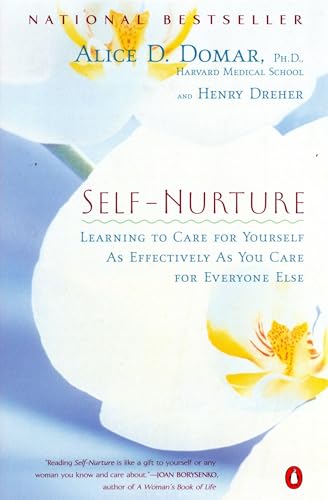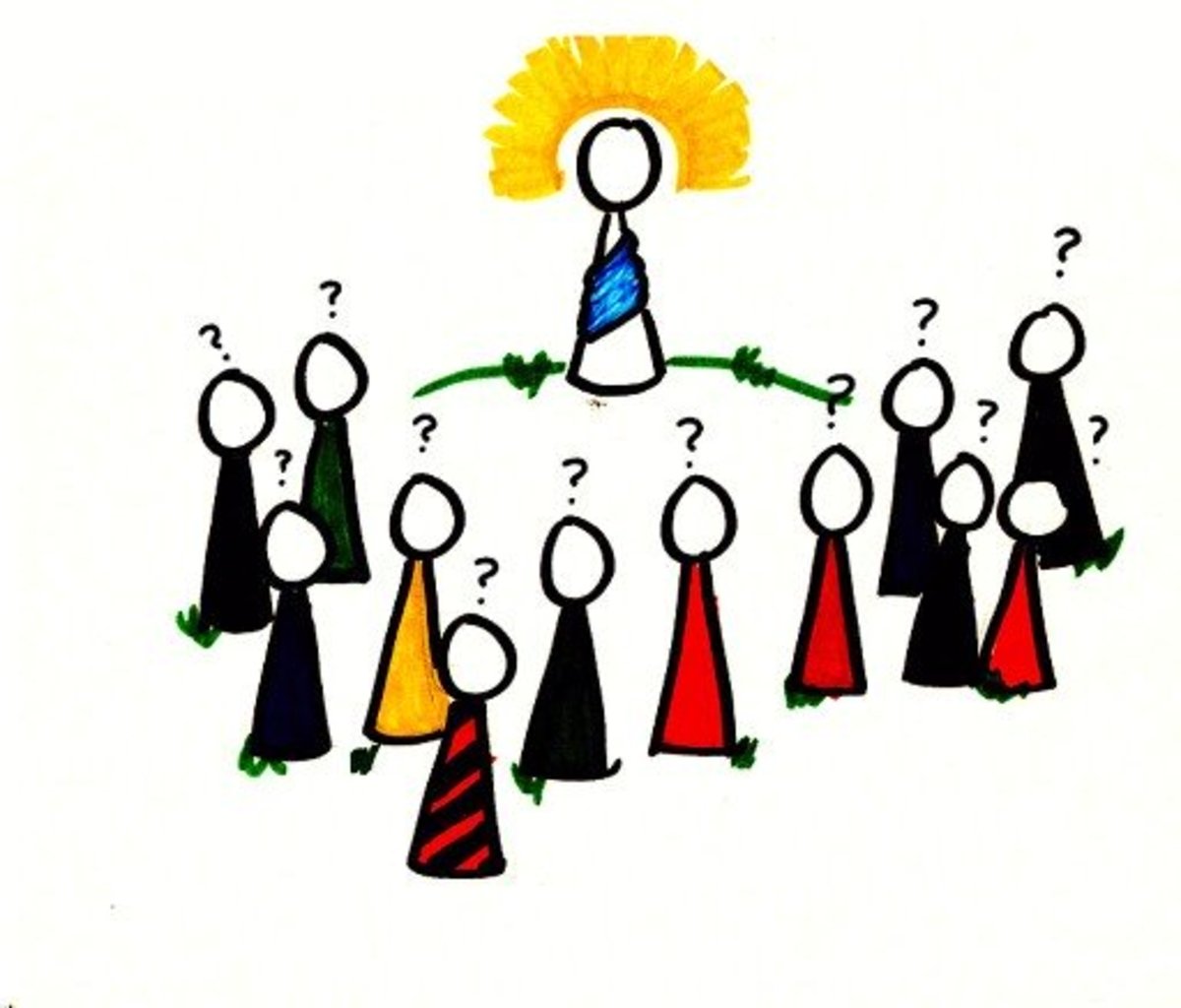Transformational Learning: Resilience, Creativity, and Spirituality
During a classroom discussion Dr. Thomas Vail of Capella University began the discussion with the following challenging and illuminating questions: “Why does trauma have to be particularly harmful or influential in transforming human consciousness? Why can't positive events or circumstances also do the same thing? Could it be that our emphasis upon pathology and pessimism not shape our approach to the human condition and understanding? It is interesting to me that we have personality disorders when we have a difficult time even understanding or defining what personality is” (personal communication). Creativity research and the theory of Appreciative Inquiry both establish a benchmark, that asking questions which open new lines of thought or direct inquiry into new avenues of perspective, are profitable developmental milestones.
Theories of personality attempt to explore these questions. Additionally, we can ask and investigate in a personal quest “what is the relationship between personality and the concepts of soul (mind, will, and emotions), spirituality, resiliency, and creativity. Exploring the similarities and distinctions between personality and soul might provide some direction in addressing the questions “could it be that our emphasis upon pathology and pessimism not shape our approach to the human condition and understanding? It is interesting to me that we have personality disorders when we have a difficult time even understanding or defining what personality is”. Personal development begins in the individually unique quest to find personal answers and meaning to existential questions.
Jung (1964) provides interesting theory for the exploration of the relationship between the unconscious material of the subconscious and its relationship to ego and the development of self identity. Jung (1964) also provides a theoretical basis for exploring definitions of the relationship between spirituality and psychology. And finally, Jung (1964) provides a theoretical blueprint for attempting to dissect the relationship between the internal processing of what he defines as the self and the interactions and relationship to the external processes of what he defines as the persona or ego. In Jung’s (1964) conceptualization of personality development the interaction between self and ego results in a mature individuated personality.
Learning to distinguish and balance interaction between one’s own self and ego can facilitate individual strategies for healthy forms of self-nurture. Early attachment phases that were not completed cause adult issues of insecurity. Research suggests the improvement of resilience factors when attachment is based upon a secure relationship with God. The spiritual benefits of attachment are psychologically similar to the attachment issues between mother and child. Focusing on the love of God and personal meaning in relationship to the love of God can enhance self-nurturing capacities. Transformational learning and change are cultivated through the development of personally meaningful self-nurture strategies.
Research from resiliency, creativity, and spirituality might shed some light in the area of the questions “why does trauma have to be particularly harmful or influential in transforming human consciousness? Why can't positive events or circumstances also do the same thing? Lewis (1999) suggests a contextual model of personality development that provides research ground minimizing the traditional focus of early developmental power. The contextual framework of personality development proposes that “personality is best understood as a dynamic system influenced mostly by the current context and by the personal narratives that we construct around ourselves, others, and goals (Lewis, 1997; as cited in Lewis, 1999, pg. 327). Whereas the traditional models of personality development trap us in our past, the contextual model points to the recognition of a self that can be strengthened through directed determination that allows one to overcome obstacles, actually allowing the present to reconstruct the past. This developmental model of personality offers a unique model for exploring the potentials of latent personality development with additional possibilities suggested from research in the areas of resilience, creativity and spirituality.
In order to maintain a balanced, holistic, soulful, and compassionate view of personality development, growth, and maturity; it is necessary to adequately assess the obstacles without minimizing latent resiliency factors and other potential. The traditional emphasis has possibly focused on psychopathology in the understanding of personality formation to the detriment of researching ideas and intervention strategies for developing the fullness of human potential within the context of a more acceptable appreciation of the value of individual diversity and resiliency (Widiger, Verheul, & Van den Brink, 1999).
Jung, C. G. (1964). Man and his symbols. New York, NY: Dell Publishing.
Lewis, M. (1999). On the development of personality. In L. A. Pervin & O. P. John (Eds.), Handbook of Personality (pp. 327 - 346). New York, New York: The Guilford Press.
Widiger, T.A., Verheul, R. & Van den Brink, W. (1999). Personality and psychopathology. In L. A. Pervin & O. P. John (Eds.), Handbook of Personality (pp. 347 – 366). New York, New York: The Guilford Press.









